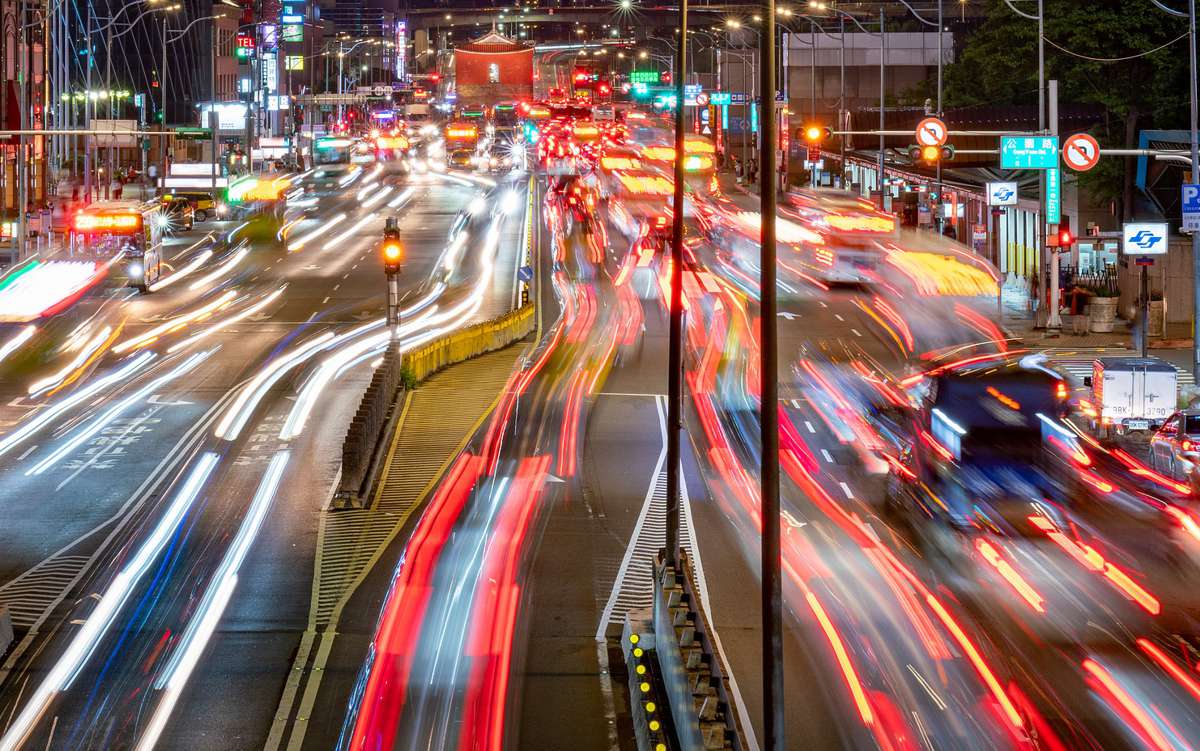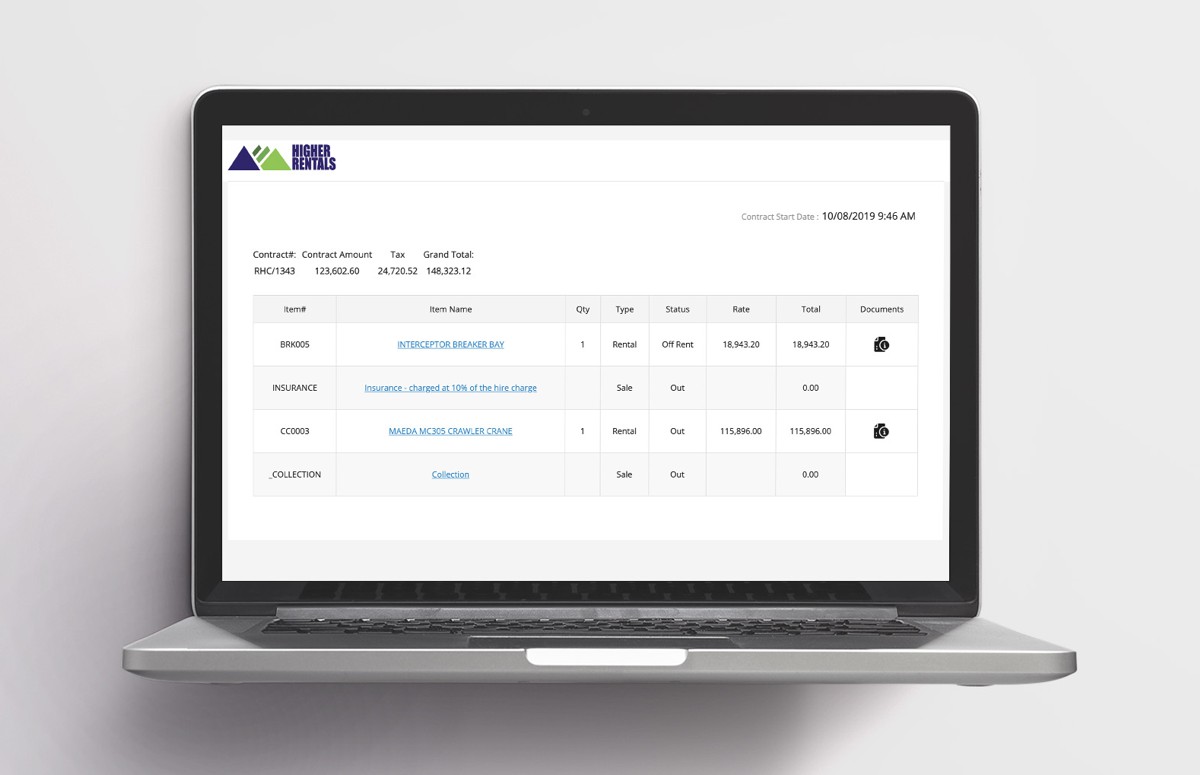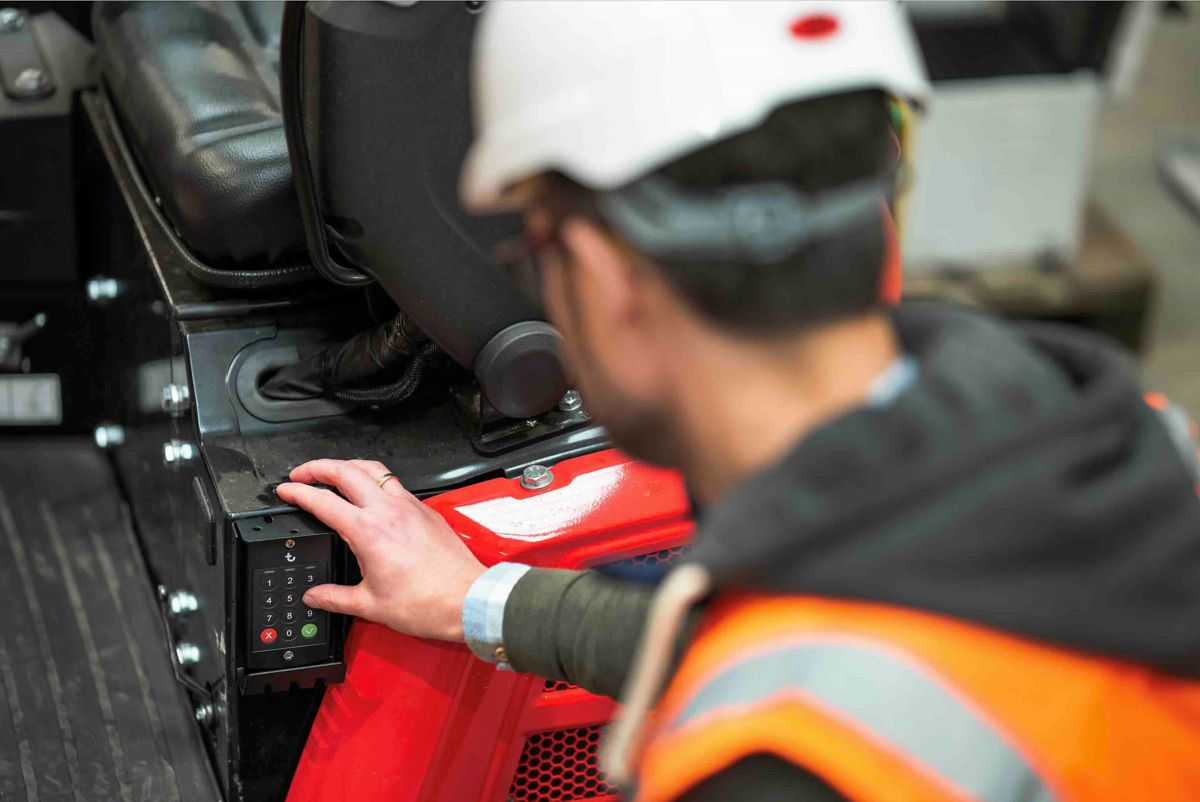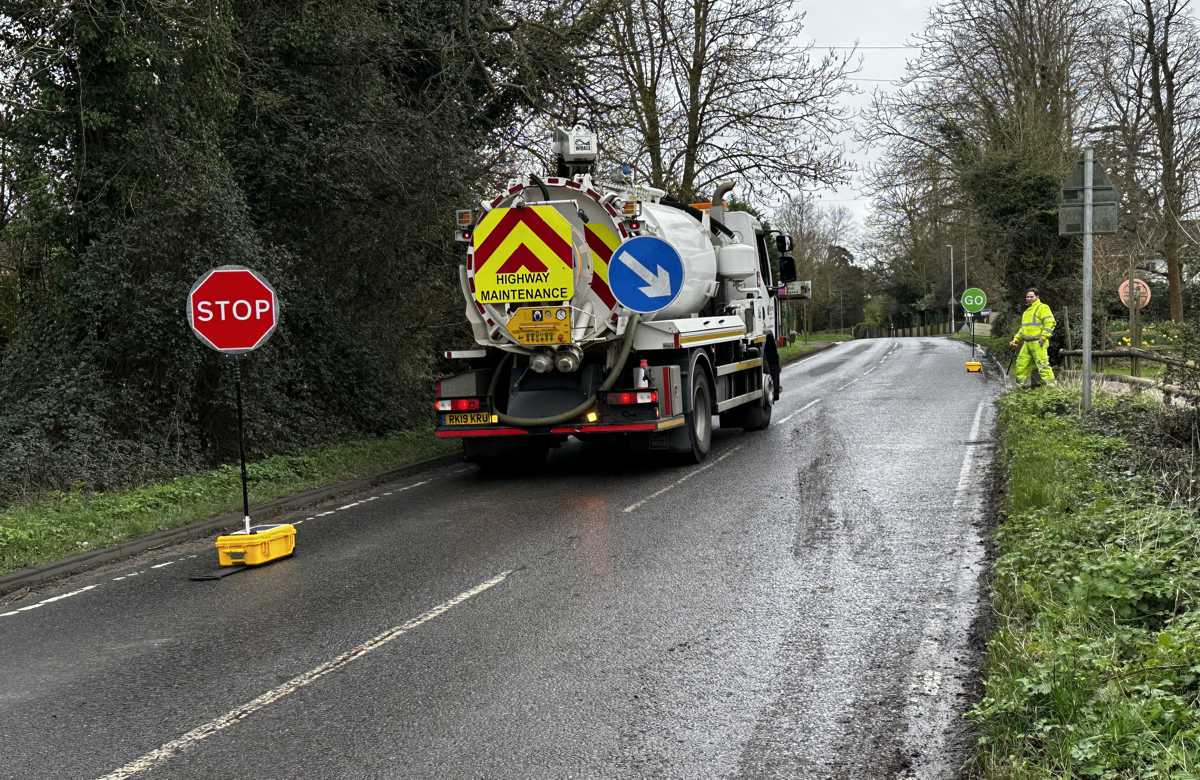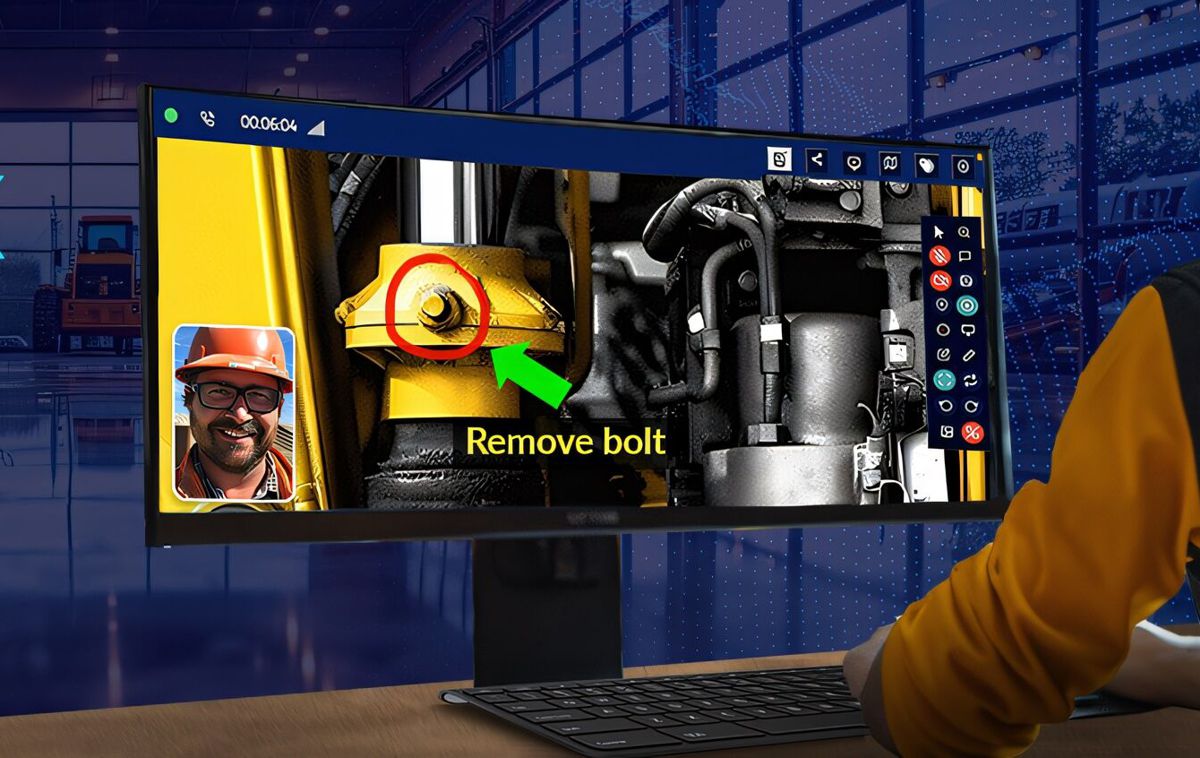Vivacity Labs look at the future of our roads with 3 predictions for 2022
2022 will be a defining year for the future of travel. The last two years have seen travel modes and patterns shifting and fluctuating in response to societal changes, new behaviours and policy initiatives. It’s made us reconsider how we interact with our cities and how we can best shape our roads to optimise travel and connectivity. However, we are still looking for the best route to full post-pandemic recovery.
While much discourse has pointed to the need for a ‘green recovery’, reports and events from COP26 have only heightened the urgency for achieving sustainability. For our cities, this means counteracting inefficient and wasteful ways of travelling with advanced, optimised and green transport networks. Ensuring equitable and sustainable travel will be pinned firmly to the top of the agenda. But what will (or should) this look like?
Policy will need to create change by reimagining existing infrastructure for better sustainability
There’s been a recent outcry by top engineers to stop the demolition of buildings. Instead, what they want to see is the renovation of existing infrastructure through the use of recycled materials and clean fuel machinery – and to adopt the same ‘refurb over rebuild’ approach for our roads.
In a world where we might use more vehicles, how can we keep the roads flowing and adhere to sustainable objectives? Moreover, the increase in cycling and walking is being met with growing numbers of micro-mobility users, such as e-scooters and e-bikes, and these growing interactions require more ways to accommodate road users. So, the question remains, how can we improve cycling and active travel beyond the obvious and expensive cycle lanes?
We’ll see the continued introduction of schemes such as Low Traffic Neighbourhoods, Low Emission Zones and School Streets. The latter is a recent collaboration between Cross River Partnership and the London Borough of Hackney as part of the Healthy Streets Everyday programme, creating cycle and pedestrian prioritisation on roads around schools. These are some of the methods being implemented to accommodate growth and make transport routes more democratised, encourage active travel, enhance road safety and reduce emissions through remodelling roads and zones for specific areas. But for these schemes to succeed, we need better data.
The London Plan 2021 by the Mayor of London notes that, in order to support the Healthy Streets Approach, urban planners need to “take account of the existing and planned connectivity of a site via public transport and active modes to town centres, social infrastructure and other services and places of employment”. Acquiring knowledge not only of how roads and schemes are used but how they connect with other infrastructure is key to reinventing existing design, and forms the basis for advancing smart cities (see prediction 2). Furthermore, in order to accommodate other vehicles alongside such schemes, what we need to do is increase road capacity without more tarmac.
To achieve this, adopting AI-powered technology such as smart traffic signal control, which can manage multi-modal traffic flow in real-time, reduce congestion and lower emissions, will become more and more integral to sustainable policy. These Smart Junctions can also be set up to prioritise sustainable travel modes and link up with other connected technology such as pollution sensors. This way existing infrastructure can simultaneously encourage sustainable travel behaviour, create faster routes and improve air quality.
Greater, highly accurate datasets on travel will drive policy
For the post-pandemic recovery to be a green one, having the data to understand how and when people are travelling will be crucial to both enhancing user journeys and implementing sustainable policy. Building smart transport networks, with greater datasets and connectivity through 5G networks and the IoT, will dictate how policy is conducted and improve road designs.
In its latest campaign, Uber announced it was expecting its billionth UK trip to be taken this month. Aside from the 10 years’ worth of free trips up for grabs for the lucky rider and a new EV car for the driver, it highlights the scale of anonymous and aggregated data that is becoming available. There’s a continuing rise in connected vehicle data, and this is very useful for large-scale inputs to macrosimulations and similar models and projections.
This macroscale data is also showcased through apps like Strava, AI connected bike lights from See.Sense and data exhausts from rental schemes, creating a wealth of insight on human-powered mobility alongside this vehicle data. These connected technologies can help to identify best routes for cyclists to take and also feed data back to authorities to identify issues such as bottlenecks and near-misses.
Having this broader coverage complements the much more detailed data available on the roads from AI sensors, which provide high-fidelity, hyper-local insight with greater sample rates. In order to have a true gauge on the impact of initiatives, long-term monitoring, which can be achieved through 24/7 data collection by AI sensors, will replace short-term surveys and technology which only provide snapshots of behavioural trends. Uninterrupted data insight is crucial for the successful planning, monitoring and assessment of road design changes and active travel schemes.
Combined, these macro and micro datasets can provide a holistic and detailed overview of travel trends to guide urban planning on both a local and city-wide scale.
AI will become a prevailing force in transport networks as it is in other industries
AI is now penetrating old-fashioned industries such as transport and engineering. Its adoption all started with retail, marketing and fast finance, and now it has made its way into everything else. We’re seeing how in the engineering sector, for example, AI is enabling teams to quickly reach design decisions with the need for far fewer physical tests and simulations through new startups like Monolith AI. It’s at the forefront of countless innovation and industry advancements.
With transport, this needs to start with data. Think back to the battle of supermarkets 25 years ago – Tesco became the leader due to the innovations of Tesco Clubcard, which has now been widely copied across most retail outlets. Clubcard allowed Tesco to access incredible data about their customers, unlocking most retail innovation since – and allowing AI to explode across the retail landscape.
It is time for transport to make the same transition. With accurate, detailed, real-time, 24/7 data in hand, transport authorities can make data-driven decisions about infrastructure – and then feed these same datasets into AI to plan everything from traffic signals to air quality. The increasing availability of data will allow new players into the field, ushering in GovTech startups who will leverage the latest in technology to do things we can’t yet imagine.
This will interface with the connected and autonomous vehicle (CAV) transition. Current trials are exploring the evolution of CAVs, and how a combination of vehicle and sensor data can create tools such as digital risk-rating accident heat maps to pre-empt incidents. Furthermore, trials into how CAVs can connect with street furniture and connected technologies will accelerate; data flow between the two can lead to coordination between vehicles and traffic lights and optimisation based on routes, not just presence.
The route ahead
2022 looks set to be a year of growth and innovation in the transport sector, driven by a collaboration between the public and private sector. At its core, policy, data and technology will all need to be aligned on the premise of a sustainable advancement of existing infrastructure; for this to succeed, each component will be underpinned by a collaboration of connected and AI-powered technology. In a defining year for mapping out a route for the pandemic recovery, AI will be a crucial conductor in leading the way.
Article by Mark Nicholson, co-founder and CEO, Vivacity Labs


